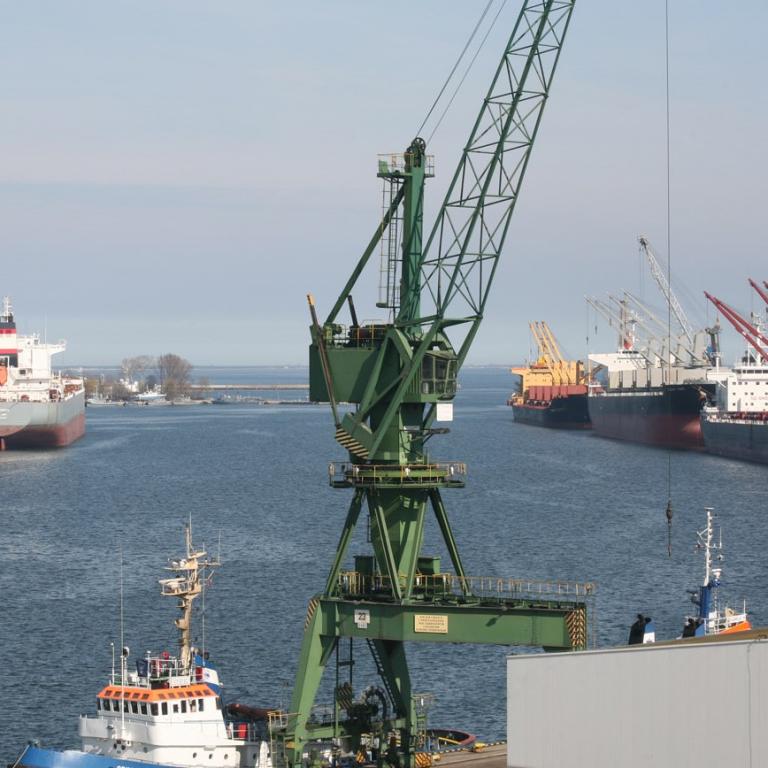
2016-09-12
Sea ports in Poland - Too much and too little
Taking into consideration the current needs of Polish economy, it may seem that the cargo handling capacity of our main ports seems more than sufficient, as we’re still far from utilising it in full. However, it turns out that a substantial part of this potential has a “historical” value and doesn’t meet modern needs or meets them to a very small degree: shallow canals and harbour basins, tight swinging areas, berths with a low bearing capacity, cargo handling equipment and warehouses from the pre-container era, narrow roads and small parking lots, closed or devastated trackways.
Moreover, a significant part of more modern port infrastructure remains to be unused for various reasons and, for example, acts as a “security” in the event of problems with supplying the country with strategic resources. There have also been many cases, as in the Port of Gdańsk for example, where certain elements of port infrastructure remained empty for various reasons, some for nearly 30 years, and found those interested in utilising their potential only recently.
In addition, the unexpectedly fast bringing into service of large vessels meant that a substantial part of cargo handling potential, or even ports, including non-Polish ports, ceased to meet shipowners’ requirements overnight. At present, the modern, continuously modernised and expanded container terminals at the Port of Gdynia cannot be utilised in a more effective way due to port basins being too shallow and tight to accommodate large vessels.
The port development strategy with regard to large and smaller ports was also lacking. One of the most significant interventions of the owner, i.e. the State Treasury, in this area of the economy was the construction of an external port and gas terminal in Świnoujście. But, even in this case, its location seems to have been determined by non-economic considerations. In the remaining cases, ports decided on their development strategies virtually independently. Such solution had its pros and cons. This is manifested by competition between ports, overlapping of investments and cargo handling potential earmarked for the same cargo groups and, in general: no long-term plan for the development of the entire ports industry, rather than just its individual segments. Nevertheless, ports still compare remarkably well with the rest of the economy. Analyses carried out indicate that Polish sea ports generate PLN 28.5 billion, i.e. 1.6% of the GDP. The sources of problems faced by Polish ports are more external than internal.
One of the panels at the Maritime Economy Forum Gdynia 2016 shall be dedicated to Polish sea ports.
Photograhy: Tadeusz Urbaniak/ZMPG-a S.A


